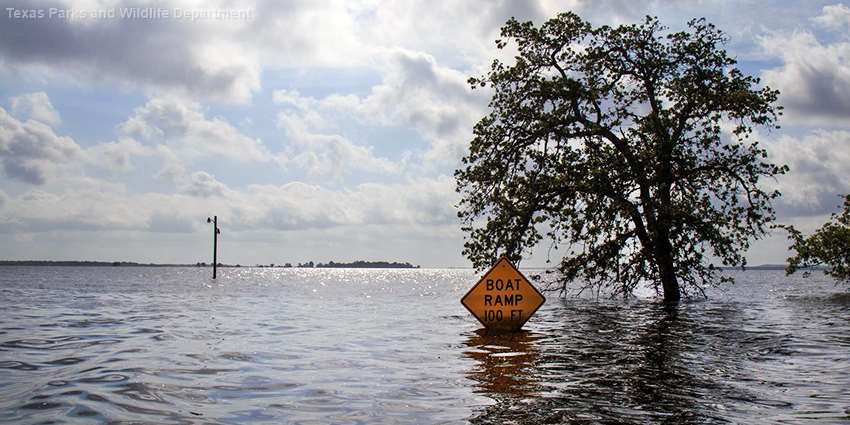Article originally written by Kerry Halladay
Texas is tackling a big change to the statewide flood planning system, and there is an opportunity for Texans to be a part of it.
“The statewide flood planning for the state of Texas is an ambitious undertaking, which is unique and first of its kind,” said Reem Zoun, Texas Water Development Board’s (TWDB) director of flood planning, when she presented at a recent board meeting.
“While much has been done in the world of flood risk reduction, there hasn’t been anything done at this scale in the U.S. or perhaps even globally.”
As part of that planning, TWDB is looking for members for the new regional flood planning groups (RFPG). Nominations for the RFPG membership have been extended and are now due by July 17 and can be submitted online here.
Similarly, TWDB is looking for political subdivisions such as counties, cities, districts, commissions or similar groups to serve as planning group sponsors. Applications can be submitted and more information can be found online here.
The statewide plan and the formation of the RFPGs are a result of the 2019 Senate Bill 8.

“This is the first time anywhere in the world where a sovereign-scale entity has put together an integrated and comprehensive approach that combines and links mapping, planning and mitigation all in one process,” Peter Lake, TWDB chairman, said in an interview with TWRI.
He described the overall goal of the RFPGs being “to make sure people are talking up and down a basin,” something he said has unfortunately not been happening in the past.
“Some areas do a very good job of addressing it at a regional level, but it is very piecemeal,” he continued. “If we’re not coordinating up and down the basin, we’re not solving the problems that need to be solved, and we’re not protecting the people and property that we need to.”
As to when Texans will start seeing this change, Lake said there are a lot of steps in the process. The 2019 Senate Bill 8 was one of the first steps, followed up by the additions and amendments to the Texas Administrative Code to create the RFPGs. The formation of the RFPGs is the next step.
“We’ll evaluate applications, and then we’ll hopefully have those folks in place by the mid fall. End of the year, for sure,” Lake said of the expected timeline.
He said TWDB is looking for people who have experience and expertise in flood management and risk mitigation. He called it “one of the most immediate, direct ways available to directly impact your community, protect your neighbors, your family, your home and your property from this flood risk.”
Once formed, the RFPGs will start identifying flood risks, quantifying it and identifying unique areas of vulnerability in their regions. The RFPGs must submit their regional flood plans to the state by Jan. 10, 2023. These will be combined into a statewide flood plan, which must be presented and adopted no later than by Sept. 1, 2024.
Flood plan funds and funding tools
“The enabling legislation requires, once the state flood plan is adopted, that only projects in the state flood plan can be financed from the flood infrastructure fund,” Lake said.
“Until we have a state flood plan, we’re still going to be funding projects through the flood infrastructure fund. Those applications are coming in now,” he said. Abridged applications for the next round of projects are due by 5 p.m. Central Time on Monday, June 15.
The legislation that directed the creation of the RFPGs also directed the creation of the Flood Information Clearinghouse. The project is a combined effort between TWDB, the Texas Division of Emergency Management and the Texas General Land Office. Among other things, Lake described the clearinghouse as “a one-stop shop” on flood infrastructure funding opportunities, eligibility, relevant dates and timelines, regulations and requirements for each funding source, details he acknowledged can get very complicated.
“Local mayors, city managers and county judges shouldn’t have to figure that out on their own every time. With the flood information clearinghouse, we’ve figured it out once so local leadership doesn’t have to do it a thousand times over,” Lake said.
“At the end of the day, the big goal is to have this first-ever, globally unprecedented mapping-planning-mitigation integrated system to bring good data, good science, good technology, coordination up and down the watershed and real financial resources — both from the flood infrastructure fund, but also from our federal partners, in the billions of dollars — coordinated at the state level to make a real impact on protecting people and property across Texas.”



